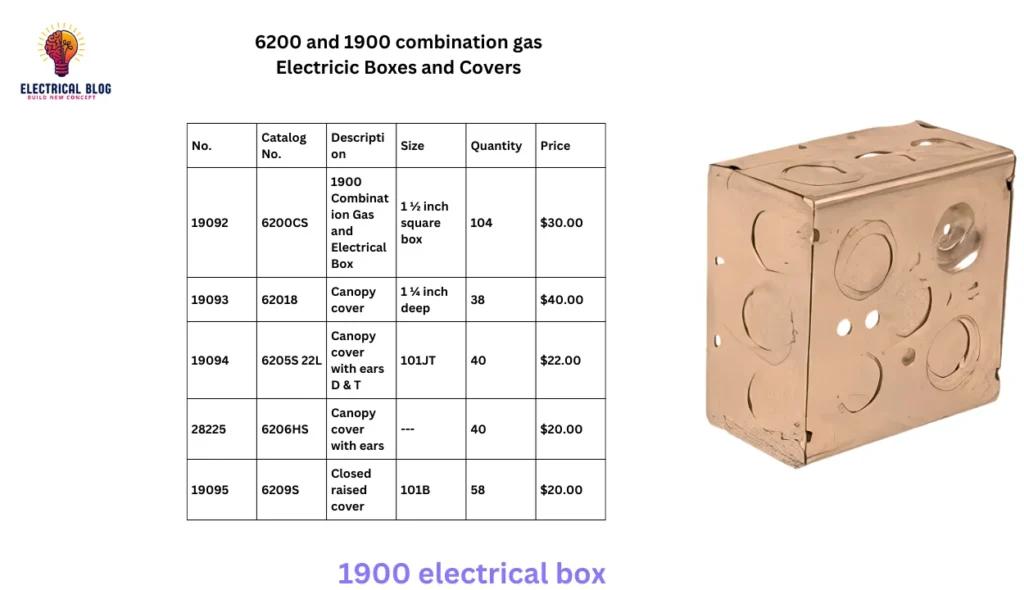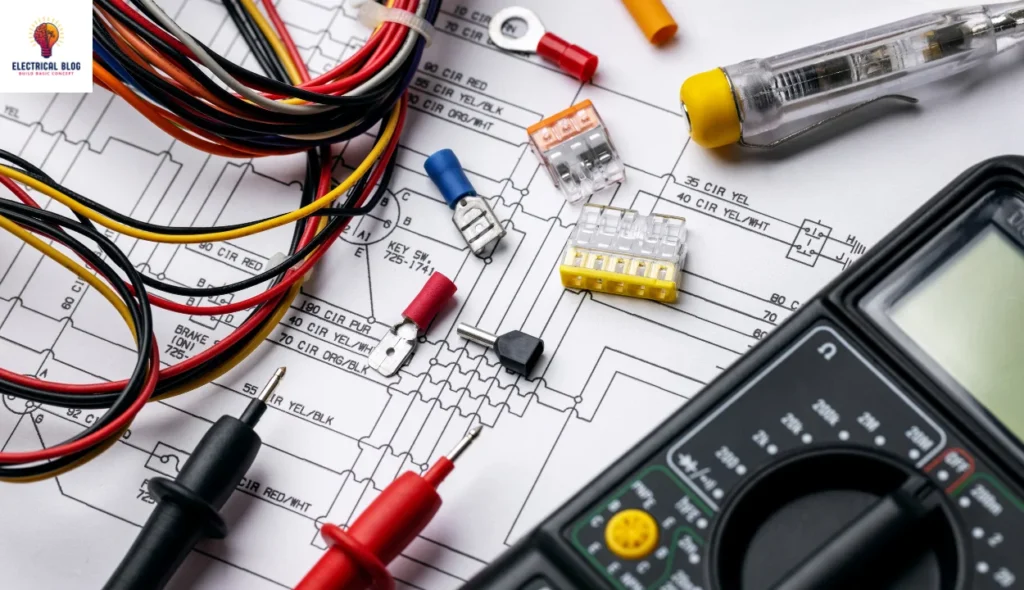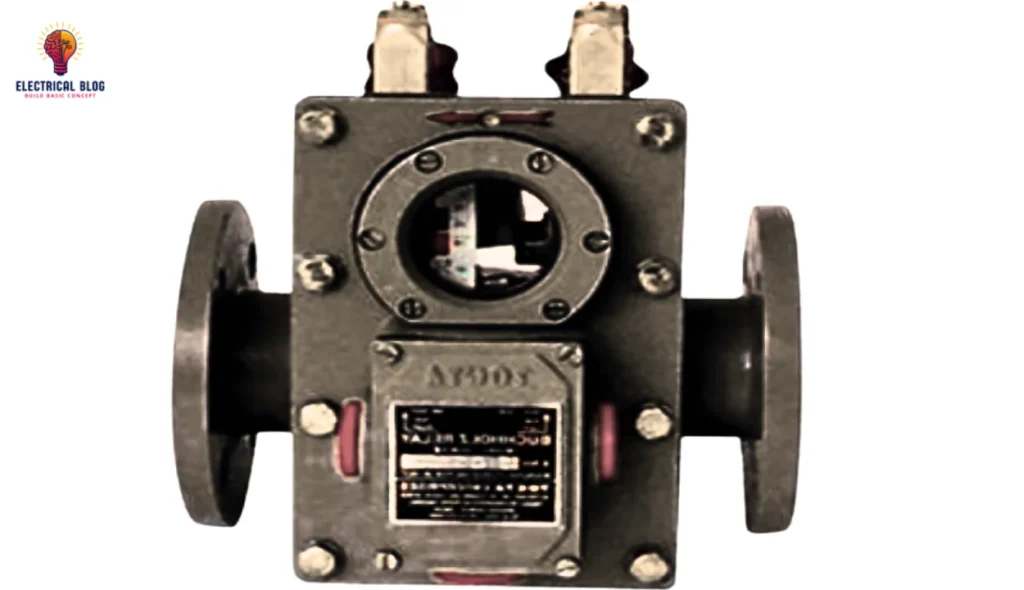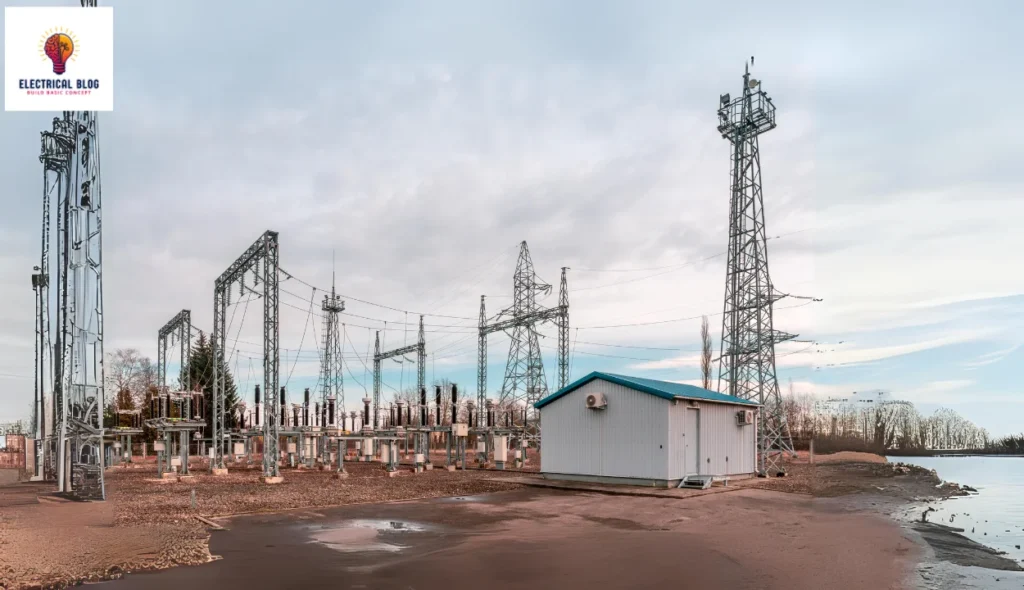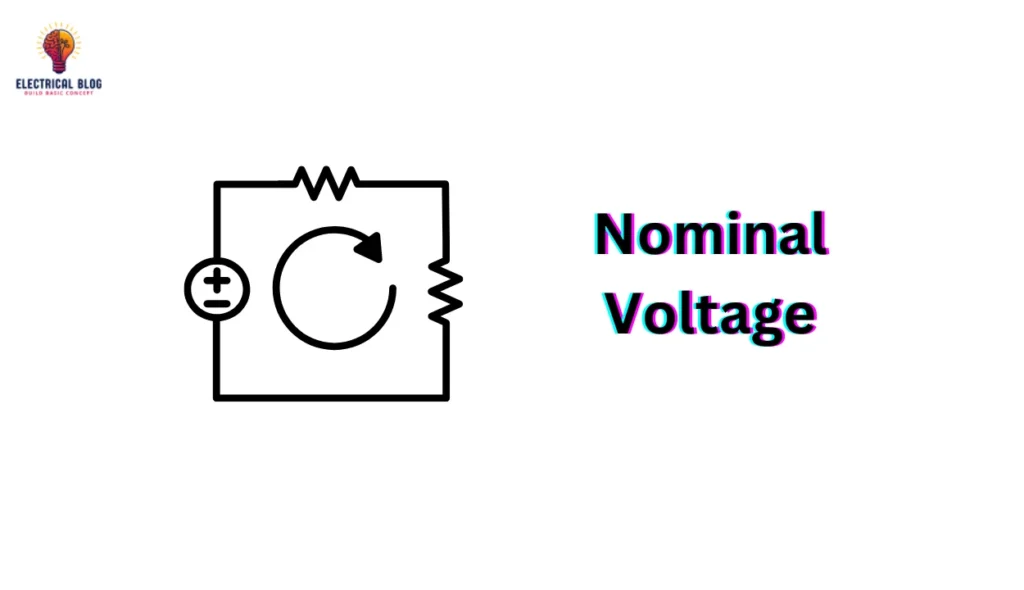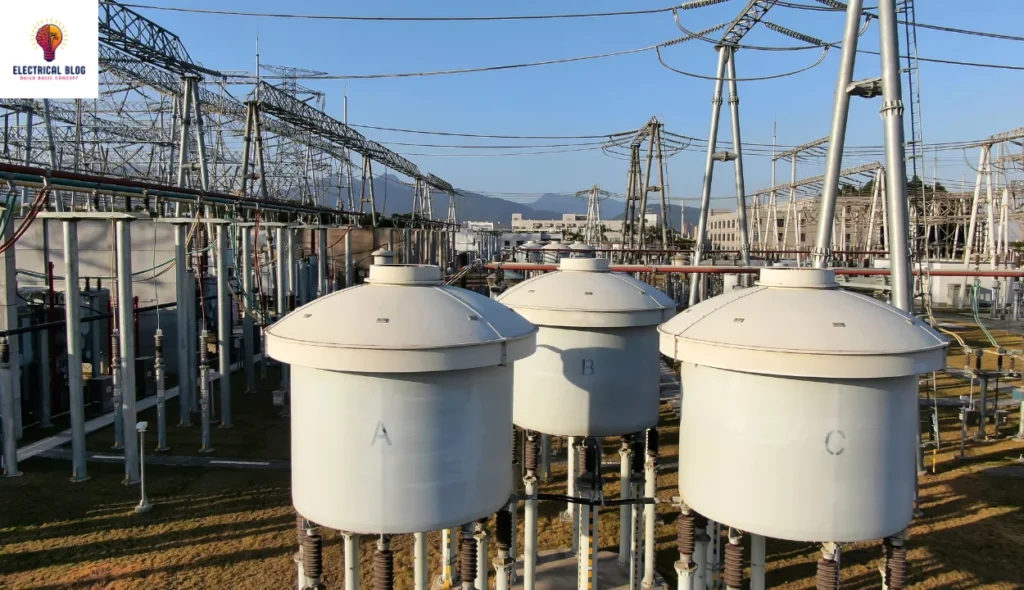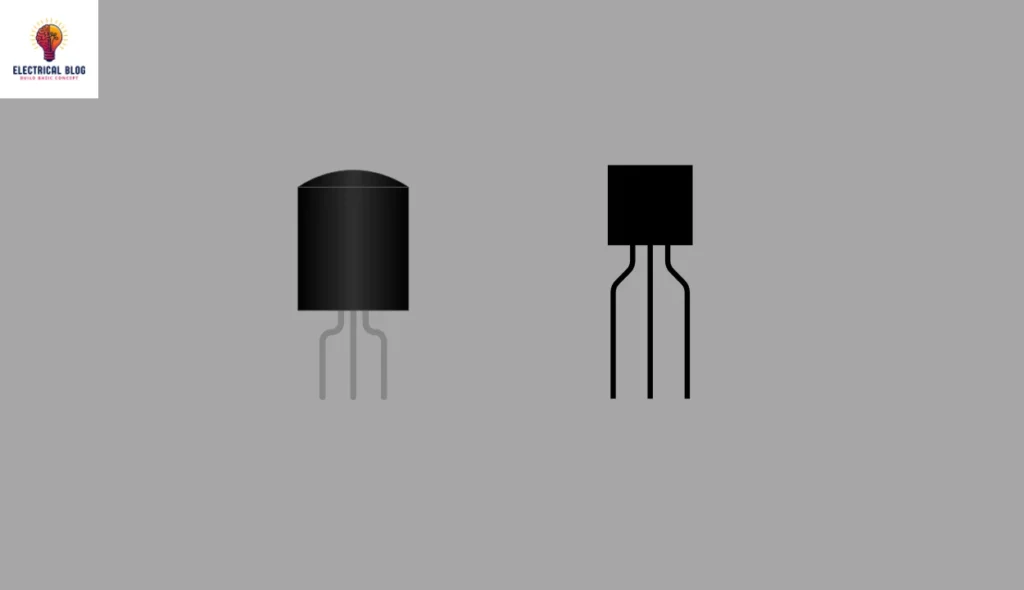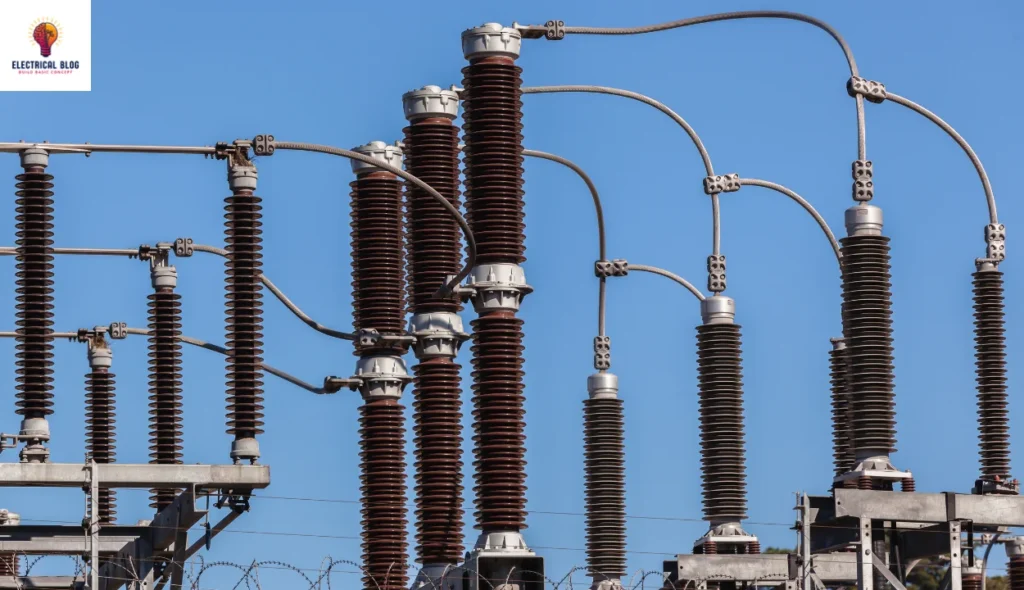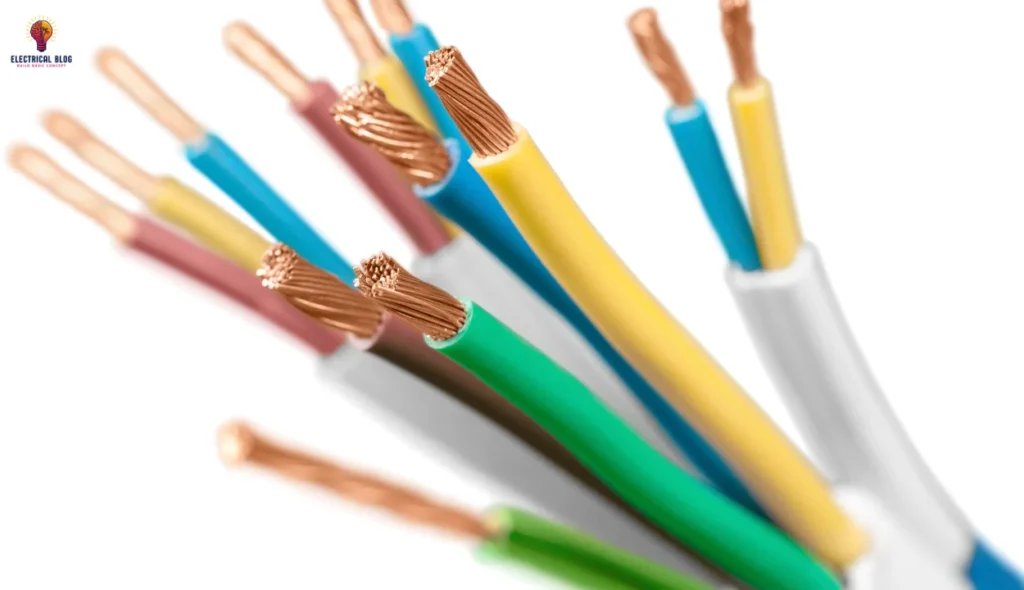Understanding the 1900 Electrical Box & Its Uses
Introduction to the 1900 Electrical Box The 1900 Electrical Box is a higher volume box that provides a suitable solution for handling bulky wiring devices and heavy cables. It is commonly installed in walls and ceilings, ensuring safety and durability. With its designed structure, it supports various applications in electrical setups. This square box is […]
Understanding the 1900 Electrical Box & Its Uses Read More »

